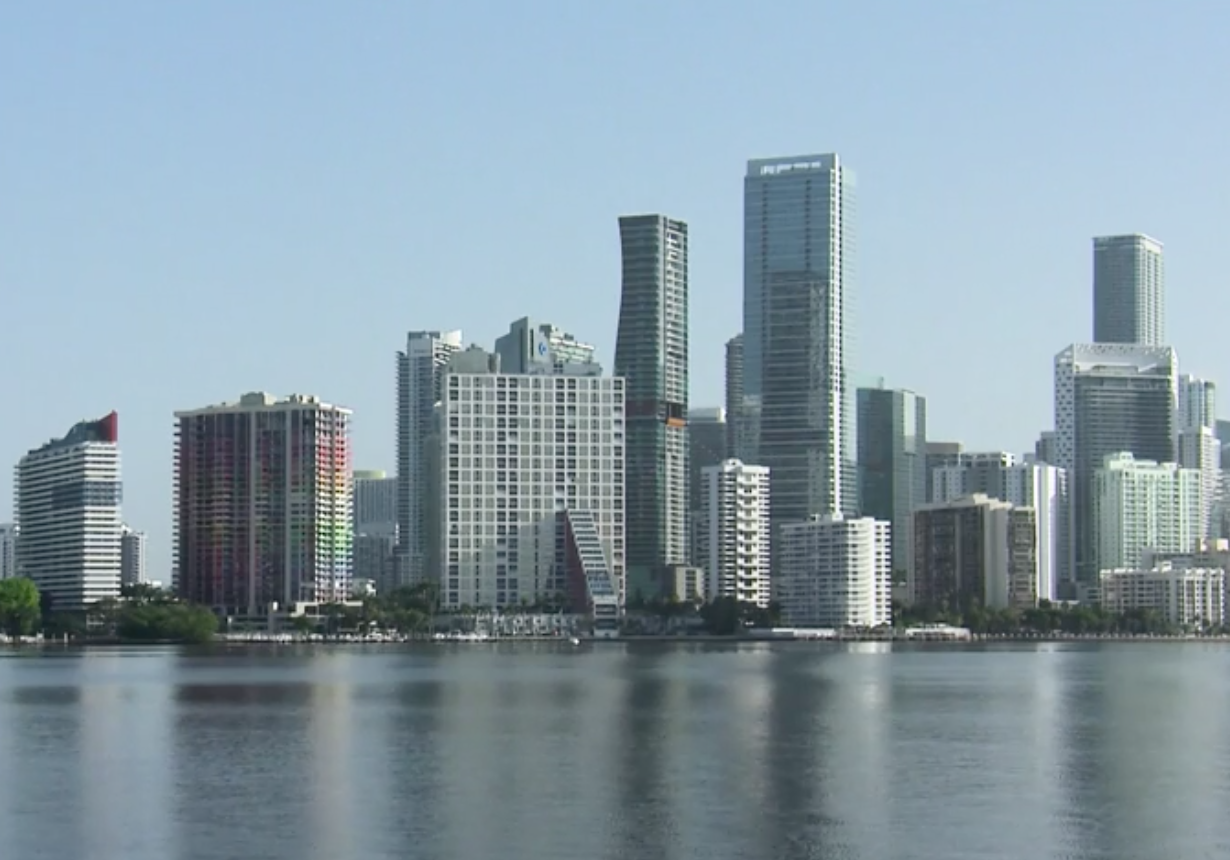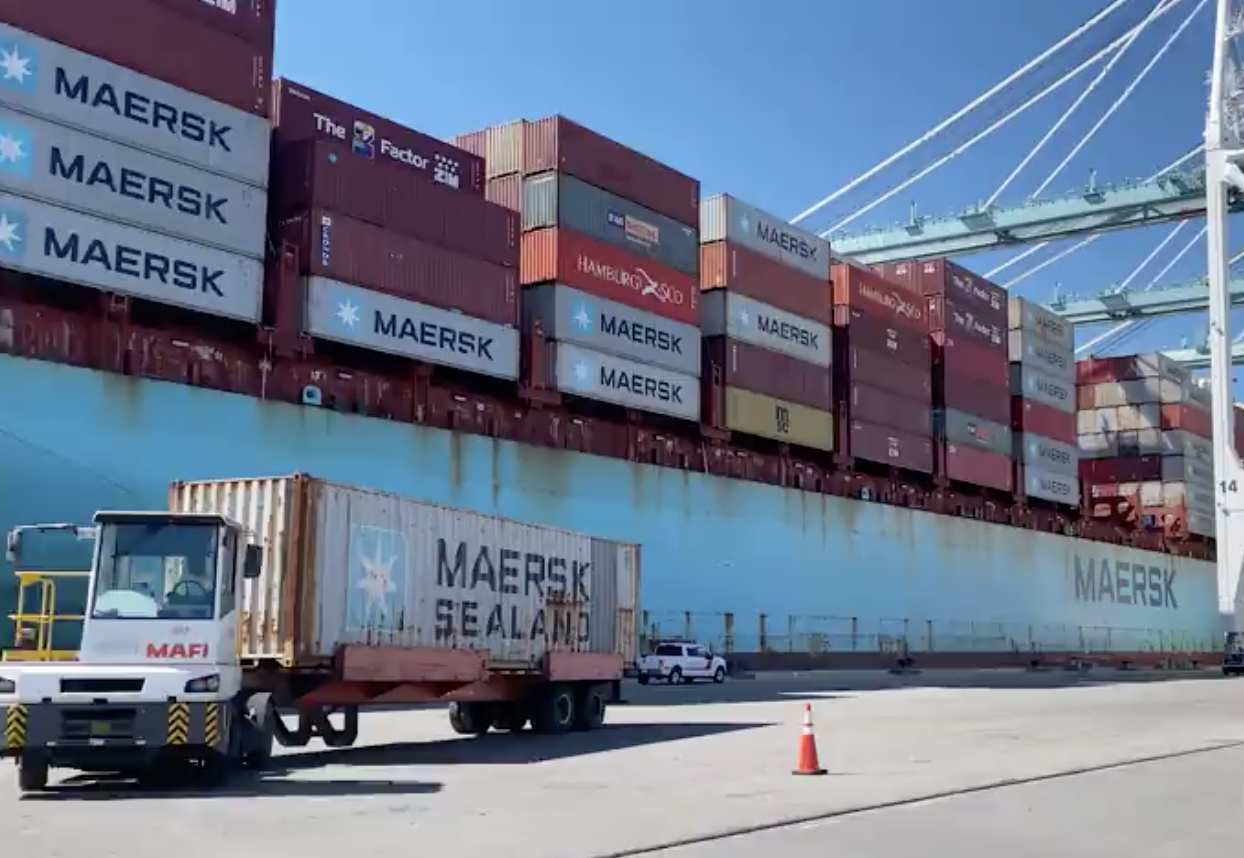



Miami-Dade County Greenhouse Gas Inventories
Miami-Dade County is leading the way in comprehensive and robust greenhouse gas inventories
Status
Challenge
According to the 2019 community-scale inventory, greenhouse gas emissions increased by 43% from 25.5 to 36.5 million metric tons of CO2 equivalent (MMT CO2e) between 2008 and 2019. This increase is mainly due to higher emissions from the transportation sector, driven by both population and economic growth. However, changes in inventory scope and methodology make interpreting this data challenging. For example, a more comprehensive methodology of accounting for transportation emissions between 2010 and 2015 led to a significant apparent increase during those years. Despite the overall rise in emissions since 2008, per capita emissions have remained relatively stable since 2013, indicating that the emissions per resident have not significantly increased.
Solution
To overcome these data inconsistencies, the County is developing a comprehensive and robust system that allows for measuring and tracking emissions while simultaneously keeping track of the methodologies so that future inventories can adapt to future needs.
Key Impacts
50%
emissions reduction goal by 2030
Net-Zero
emissions goal by 2050
41%
communitywide emissions come from buildings and energy
55%
emissions come from transportation and land use
4%
communitywide emissions come from water and waste


Comments ()